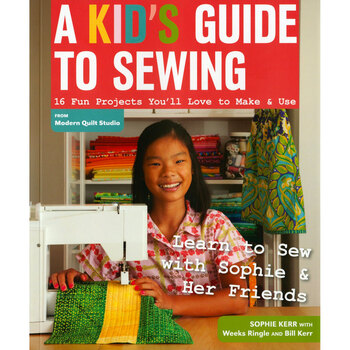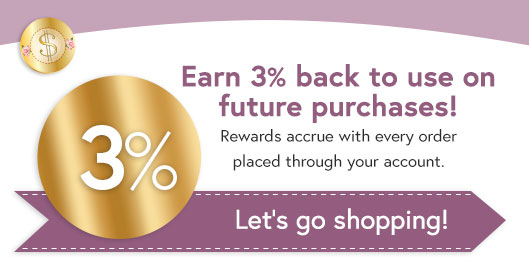Discover the Artistry of Reference & How-To Patterns and Books
Quilters understand that the right materials and resources can make all the difference in creating stunning projects that reflect their unique style and expertise. Reference & how-to quilting patterns and books come in a variety of styles, including beginner guides, advanced techniques, and theme-specific collections that cater to every quilter's needs. These valuable resources not only serve as practical tools to guide you through various techniques and projects but also inspire creativity and innovation in your quilting journey. By adding these reference & how-to resources to your sewing library, you'll have a wealth of knowledge at your fingertips that will enhance your quilting experience for years to come.
Choosing reference & how-to quilting patterns and books offers quilters a structured format that promotes better understanding and practical application of techniques. For those looking to expand their skills and push the boundaries of their creativity, Shabby Fabrics' quilting books provide in-depth tutorials and step-by-step guides covering everything from traditional piecing to modern improvisation. This ensures that quilters of all levels will find something fresh to learn and explore, making these books indispensable companions in your quest for quilting excellence. Whether you're embarking on your first quilt or perfecting advanced methods, our reference & how-to patterns and books are designed to elevate your craft while providing endless inspiration for future projects.
A great place to start is with one of our Free Quilt Patterns. We also offer quilting tutorials for beginners including the Learn How to Quilt - Beginner Series and our Learn How to Quilt Intermediate Series.








































